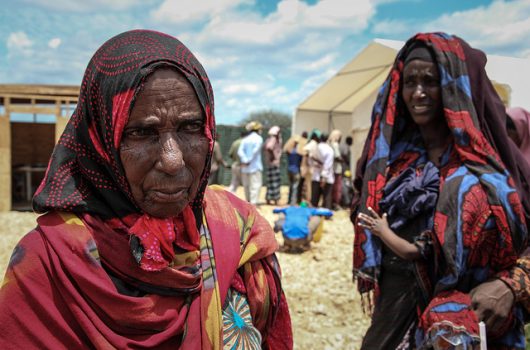Reducing Non-communicable Diseases
 Non-communicable diseases (NCDs), such as cancer, heart disease, diabetes and mental illness, are responsible for 70 percent of all deaths globally. Despite their prevalence, NCDs receive less than 2 percent of all global health aid funding.
Non-communicable diseases (NCDs), such as cancer, heart disease, diabetes and mental illness, are responsible for 70 percent of all deaths globally. Despite their prevalence, NCDs receive less than 2 percent of all global health aid funding.
The percentage of NCDs among the global population is expected to rise. It is estimated that in the next two decades, $47 trillion will be lost globally to non-communicable diseases.
There is disparity between disease burden and funding. The recent Ebola epidemic that impacted primarily West African regions caused 11,000 deaths and received nearly $74 million from U.S. funding by 2016. NCDs make up half of the global disease burden. U.S. Congress has no specifically designated funding to address NCDs in low- and middle-income countries.
Why are NCDs disproportionally underfunded?
- Evidence of cost-effectiveness. Prevention and treatment efforts of many communicable diseases provide concrete data— vaccines, for example, boast a very substantial, quantifiable value for lives saved. On the other hand, prevention and cure rates are far more difficult to quantify with NCDs, making it far more difficult to measure cost-effectiveness.
- Treatment is long-term. Few non-communicable diseases are easily cured or prevented by one treatment. Most require monitoring and medication administered over a lengthy period of time. Health issues with no guarantee of resolution (such as cancer) often struggle to find funding.
- Research is limited. Both the treatment and research of NCDs are underfunded, making research less accessible and comprehensive global approaches unestablished.
- Lack of media coverage. “The media tend to focus on rare and dramatic events,” says Meredith Young, a former graduate student in the Department of Psychology, Neuroscience & Behaviour at McMaster University. ” Due to the nature of infectious diseases, like HIV and Ebola, these diseases are more likely to receive in-depth media coverage. A story on heart disease (which is developed slowly, is more common and has more subtle side effects) do not receive the same emphasis.
- The connection between lifestyle habits and NCDs. While the development of NCDs can have a myriad of genetic, geographic and socioeconomic factors, their prevention and treatment are often connected to lifestyle changes and habits. “If we look at interventions taking place in the NCDs space, many are outside of what might be strictly referred to as ‘health aid’,” reports WhyDev. A sports program may be used to reduce the impact of NCDs, demonstrating the need to understand the types of interventions that positively impact the impact of NCDs.
- Few hands. The majority of global healthcare aid comes from a small handful of wealthy donors, and the realities and stigmas surrounding non-communicable diseases have a major impact on funding allocations.
Reducing Non-Communicable Diseases
There is promise for reducing non-communicable diseases. Since there are many factors that contribute to developing an illness like heart disease—including diet, exercise and smoking habits—there are many opportunities to lower risk through a wide range of interventions.
Take, for instance, tobacco control. There is a strong correlation between tobacco use and the development of non-communicable diseases. Increasing funding for smoking prevention and cessation programs could dramatically decrease cancer and heart disease rates.
Additionally, incorporating exercise into schools and daily routines can have enormous benefits in improving cardiovascular fitness and reducing obesity.
Movements demanding greater acknowledgement of NCDs have also gained traction in recent years. In February of 2013, the World Bank published a paper titled ‘Non-Communicable Diseases Series’, building on the previous Millennium Development Goals that excluded NCDs as a global issue. The aim of the new series is to contribute to reducing the NCD mortality rate by 2025.
While there are obstacles in the way of effectively distributing healthcare aid, the momentum for reducing non-communicable diseases is gaining attention and traction, paving the path for long-term, global solutions.
– Kailey Dubinsky
Photo: Flickr
